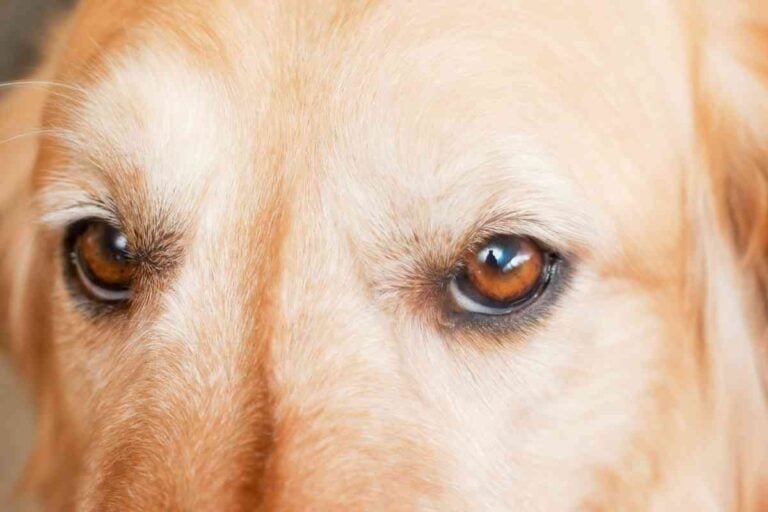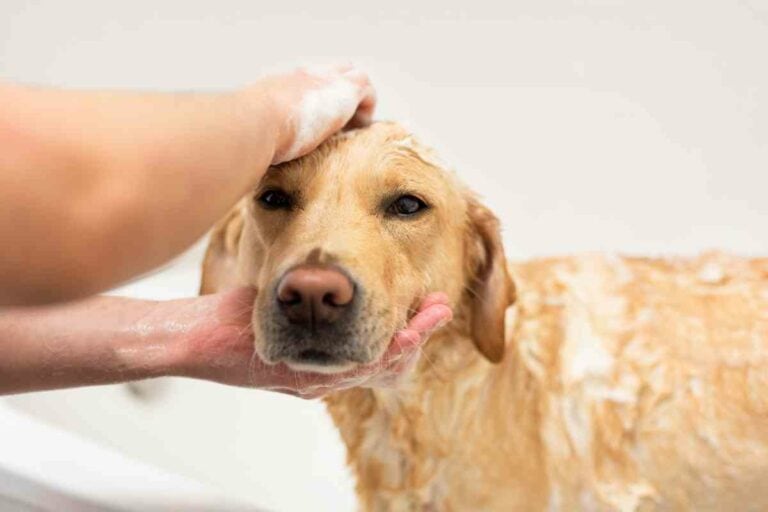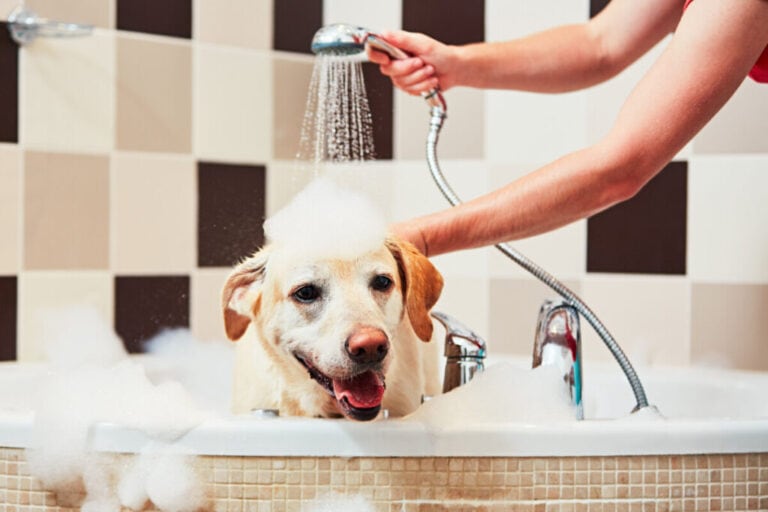Why Does My Labrador Retriever Have Bumps? Lipomas Explained!
Keeping a close eye on your dog’s health is essential for any dog parent. You have to ensure you perform checks for tumors in between vet visits.
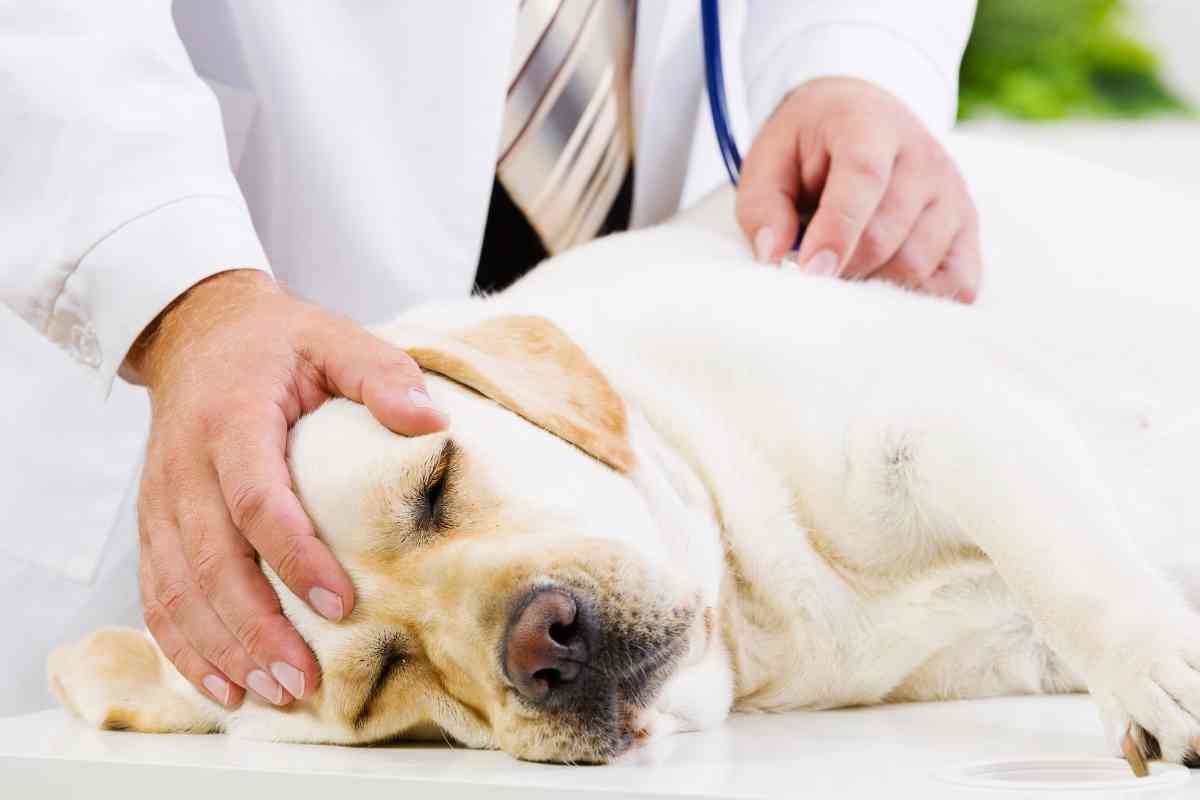
Why Does My Labrador Retriever Have Bumps?
Bumps and lumps on your Labrador Retriever are usually lipomas. These benign fatty tumors are common in many dog breeds, including Labs, especially senior or overweight dogs. While lipomas are mostly non-cancerous, get your dog to the vet if you find one of them to make sure.
We researched and spoke to several veterinarians to get an in-depth view of lipoma.
They provided us with valuable and insightful information about these lumps, their causes, how to identify them, and their treatment and removal. Continue reading below to find out more.
What Is A Lipoma?
Fatty tumors, often known as lipomas, are typical, benign growths in senior dogs. Labs are considered senior dogs at seven years old. Breeds, including Doberman pinschers, Weimaraners, and Labrador retrievers, frequently exhibit lipomas, probably because fatty tumor lumps are more visible on dogs with short coats.
They can, however, appear on any dog breed, including those of mixed breeds.
It is essential to learn how to spot a lipoma, what your choices are for treatment, and be mindful not to mix it with another more severe and perhaps hazardous canine health issue.
Less than 50% of bumps and lumps on dogs are cancerous or malignant. It isn’t easy to discern because they might all appear the same from an outside perspective. Take your Labrador Retriever in for an examination unless you are confident of the origin of a bump or lump. Make that visit even immediately if you notice rapid development, an opening, pus, swelling, or redness, or if the Lab appears to be in pain.
This is also true for lumps in certain places, such as the head or legs, where surgery, if necessary, is more complicated, the more significant the growth. To make sure it’s not one of the other common Labrador diseases, your veterinarian will inquire about the following:
- Whether the lump developed overnight.
- If it has altered in size, color, or shape.
- If the dog behaves differently, for example, if they have a changed appetite or level of activity.
- Anything of note that you have observed since the growth started.
This information will help them to treat the lipoma.
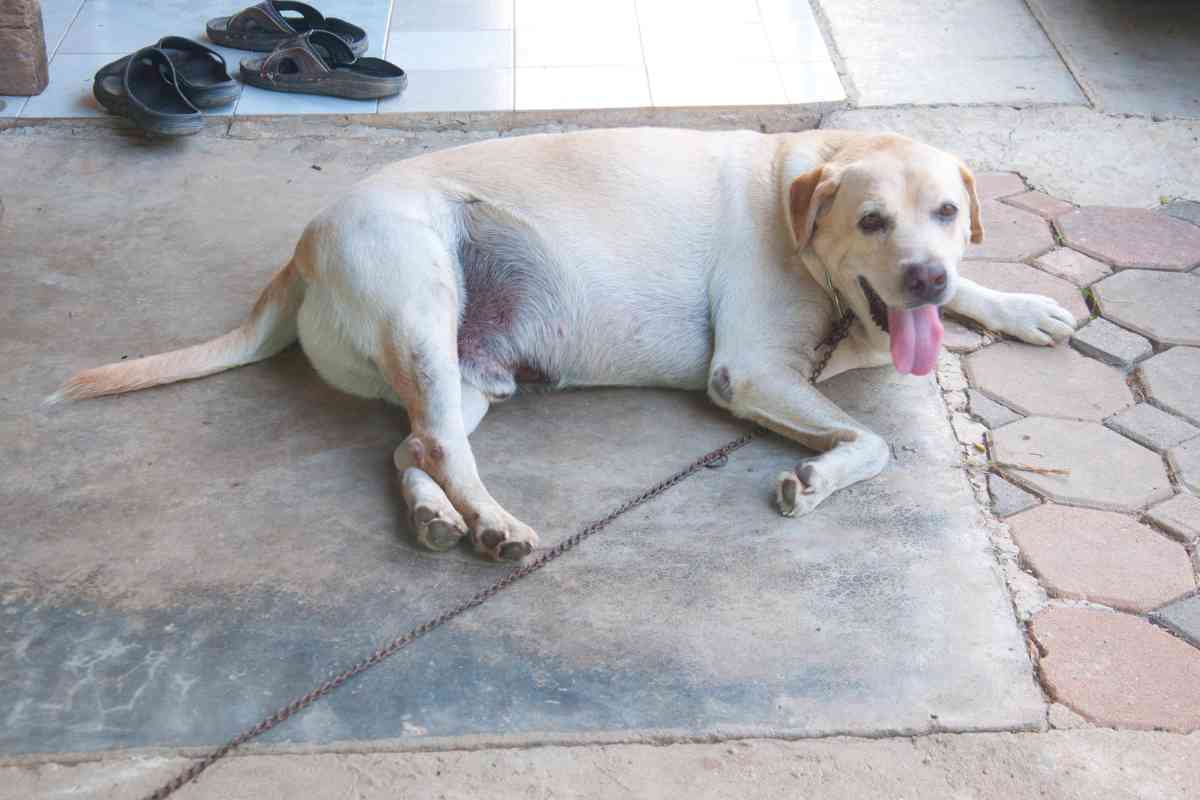
Identification of Lipomas in Labrador Retrievers
Most skin lumps, lipomas, are rounded and smooth masses. In contrast to mast cell tumors or an abscess, lipomas are often moveable, do not hurt when touched, and the skin around them is healthy.
While some canines have only 1 or 2 lipomas, others develop several. These are often seen on the main section of the body, although they can also appear on limbs.
The veterinarian will palpate your dog’s growth when you take it to the clinic. Subsequently, a tiny test known as a needle aspirate may be used to determine if the mass is a lipoma.
Your veterinarian easily inserts a syringe into the protrusion and takes some cells for microscopic examination on a slide. Since most dogs don’t even feel the sample is being collected, an anesthetic is unnecessary.
Fat cells will be identified on the microscope and will often be the only kind of cell present. Knowing it is neither cancerous growth nor malignant overgrowth provides you peace of mind.
It’s critical to distinguish a lipoma from a liposarcoma, a hazardous form of fatty cancer, or lymphoma, which attacks the lymph nodes.
Liposarcomas might spread, have a tendency to develop quickly, and invade underlying tissues.
It requires aggressive surgery, which is frequently followed by radiotherapy. Dogs who have lymphoma might develop smooth lumps from lymph node swelling.
Liposarcomas frequently expand quickly (almost overnight). Because of this, it’s crucial to ensure that you take your dog to the veterinarian frequently.
You should also perform self-checks between appointments by touching your dog’s body and looking for any lumps and bumps.

What Is The Cause of Lipomas In Labs?
In essence, a lipoma is an accumulation of fat cells. Although they are more likely in overweight dogs, lipomas can occasionally appear in fit dogs.
Canines that have been neutered or spayed are probably somewhat more likely to develop fatty tumors. If you’re wondering when is the best time to neuter a Labrador, check out our helpful guide.
Fortunately, often these lipomas are benign, which means they are frequently not malignant and cannot spread to other surrounding tissues – metastasize.
However, fatty tumors can become problematic if they develop in areas like the armpit or groin and restrict your dog’s movement owing to their size.
Treatment and Removal of Lipomas in Labrador Retrievers
Lipomas often don’t need to be treated and can be left alone. The only exceptions are situations when the growth causes inconvenience for your Lab to rest or otherwise move around in or if it develops in a place requiring immediate removal. evertheless, surgical removal of the majority of lipomas is simple. Additionally, the procedure could be more complicated if the growth has affected the underlying tissues.
Since liposuction is not currently a regular veterinary treatment, lipomas cannot be purged like cysts. It is rare for an injury or infection to spread to a lipoma. The best course of action in these situations is typically surgical removal.
A sebaceous cyst that has become infected or abscessed may frequently be mistaken for an infected lipoma. These can also be taken out.
Acupressure points and collagenase injections to decrease lipomas are also topics of investigation. However, further studies are required to determine whether these methods are effective.
Losing weight might aid in reducing the size of any lipomas that an overweight Labrador Retriever may have. Try switching to one of these great dog foods for overweight Labs.
Some veterinary practitioners advise treating lipomas with turmeric or homeopathic remedies. These remedies have not all undergone clinical testing.
Before visiting your doctor, avoid adding herbal supplements since they can interact with any medications your dog is already taking. In general, consulting your vet for guidance and subsequent measures is best for dog lipoma treatment.
Key Takeaways
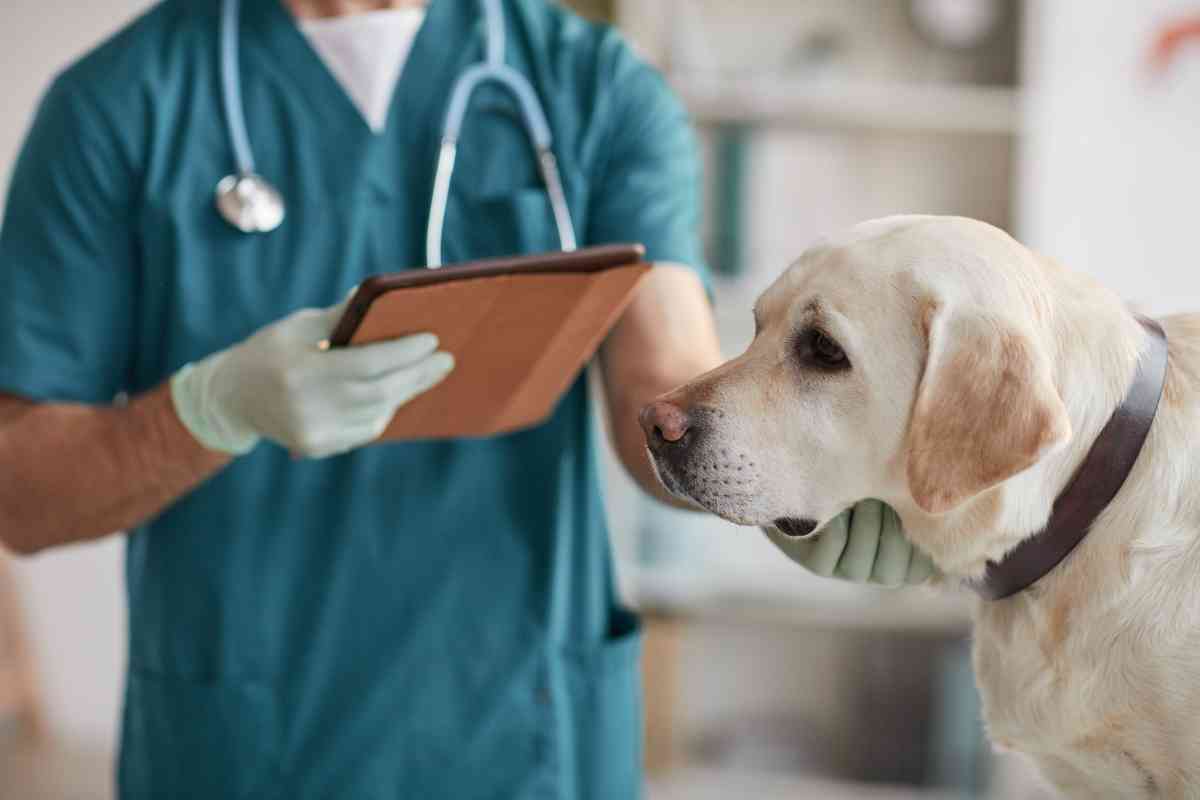
- Lipomas are non-cancerous fatty tumors on dog skins.
- If you notice any bumps or lumps on your dog, you should take them to the vet.
- Always check for tumors and lumps on your dog frequently at home.


